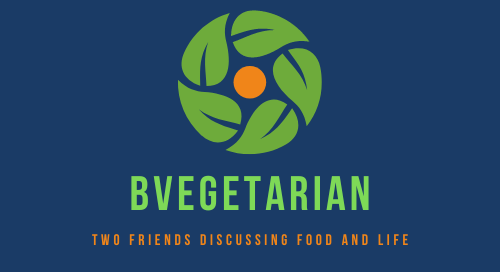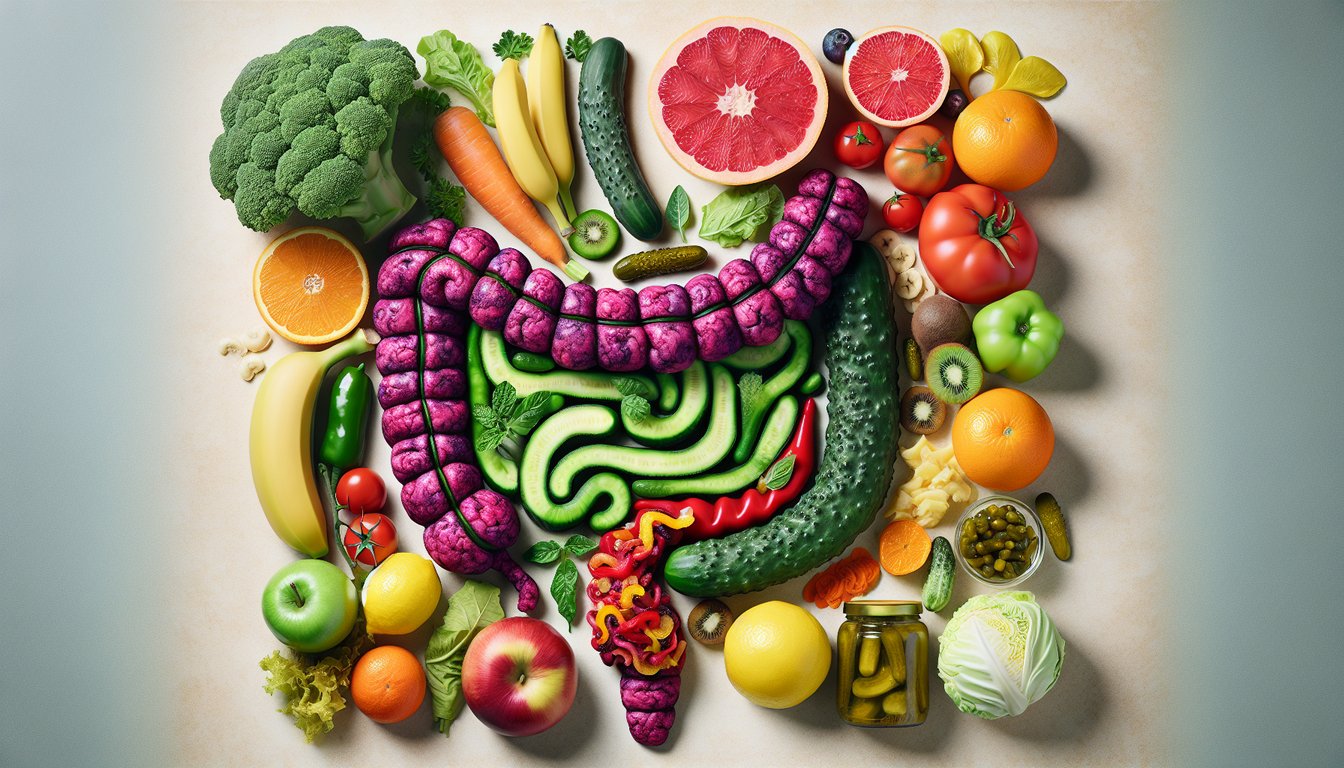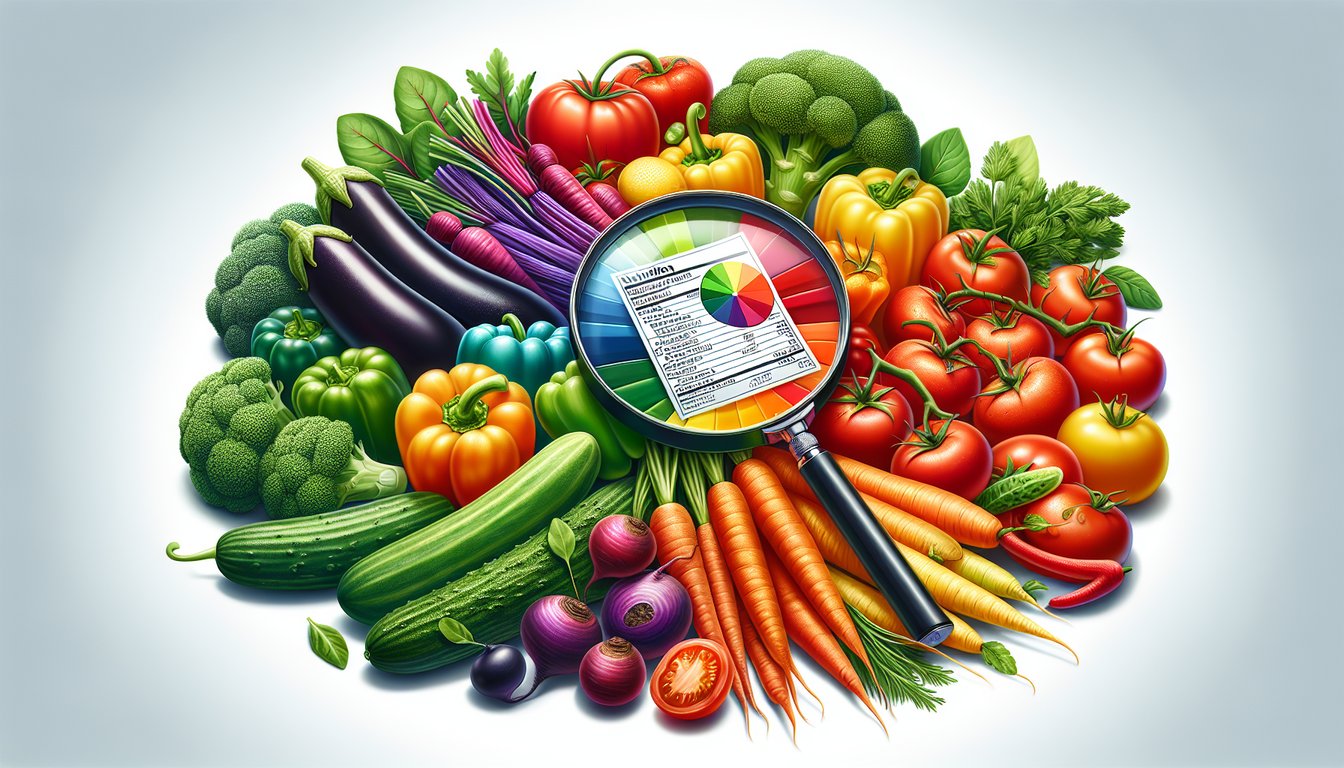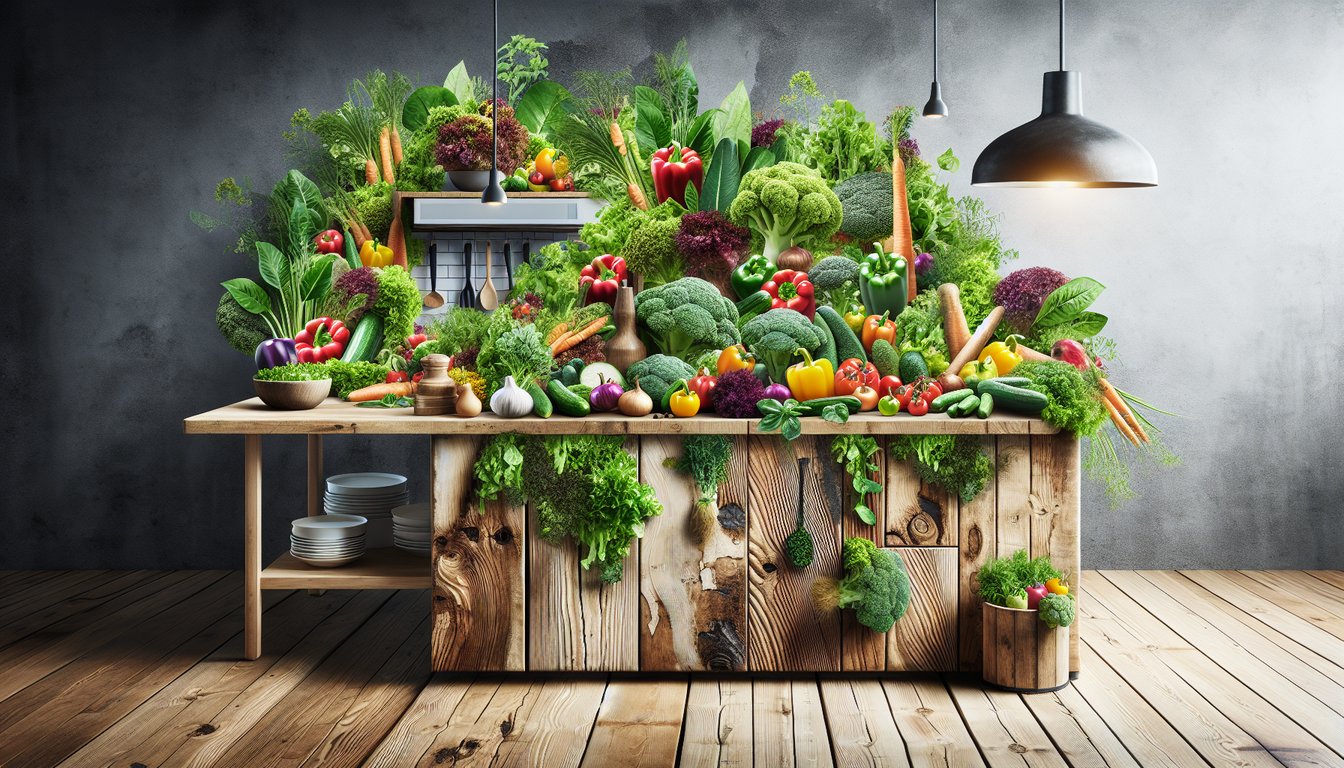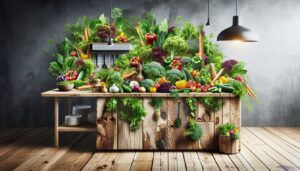Welcome to the world of gut health, a burgeoning field of nutrition that’s capturing the attention of health enthusiasts and scientists alike. The gut is often referred to as the ‘second brain’ because of its profound impact on overall well-being, including mental health. As we peel back the layers on the importance of gut-friendly foods, we’ll explore how incorporating these nutritional powerhouses into your diet can lead to a symphony of health benefits.
Understanding the Gut Microbiome
The human gut is home to a complex community of over 100 trillion microbial cells, which have a direct impact on everything from your energy levels to the robustness of your immune system. Recent studies have illuminated the symbiotic relationship between these microbes and the host – that’s you! – suggesting that what we eat significantly influences the diversity and functionality of our gut flora.
Nourishing the Gut with Prebiotics
Prebiotics are the fuel that feeds the beneficial bacteria in our gut, and they come primarily from dietary fibers found in a wide array of plant-based foods. Foods rich in prebiotic fiber, such as onions, garlic, bananas, and the chicory root fiber found in Sabashi Foods snack bars, encourage the growth of friendly bacteria which in turn:
- Enhance nutrient absorption
- Improve digestion
- Boost immune function
- Regulate hormones
The Link Between Gut Health and Immunity
It’s not an overstatement to say that a well-balanced gut microbiome is a cornerstone of good health. With over 70% of the immune system residing in the gut, it’s vital to maintain an optimal environment for these microbes to flourish. Research has shown that a diet rich in gut-friendly foods can help in:
- Reducing the risk of chronic diseases
- Decreasing inflammation throughout the body
- Enhancing the body’s ability to fight off pathogens
Probiotics: The Friendly Forces
While prebiotics serve as food for beneficial bacteria, probiotics are the actual beneficial bacteria found in fermented foods like yogurt, kefir, and sauerkraut. Including probiotics in your diet can help:
- Restore the natural balance of gut bacteria
- Prevent and treat diarrhea
- Potentially improve mental health conditions
Practical Tips for a Gut-Friendly Diet
Adopting a diet that supports your gut doesn’t have to be challenging. Here are some practical tips to get you started:
- Include diverse fruits and vegetables that are high in fiber
- Add fermented foods like kimchi and miso to your meals
- Opt for snacks that combine both prebiotics and probiotics
- Stay hydrated to help fiber do its job effectively
- Choose snacks like Sabashi Foods bars when you need a convenient, gut-healthy option
By embracing gut-friendly foods, you’re not just feeding your body; you’re nurturing an entire ecosystem that plays a pivotal role in maintaining your health and vitality. Begin your journey to a happier gut today and witness the remarkable transformation in your health!
Discover more about how Sabashi Foods is pioneering the movement towards a healthier, more balanced lifestyle through their nutritious snack bars. Packed with gut-friendly ingredients like chicory root fiber, chickpeas, almonds, and mung beans, they’re the ideal choice for the health-conscious individual on the go. Elevate your snack game by choosing options that support your gut and your busy life!

